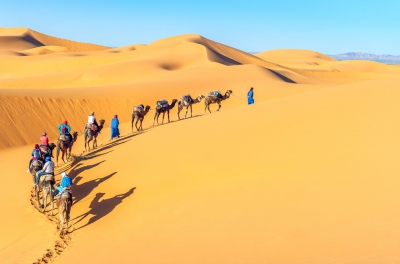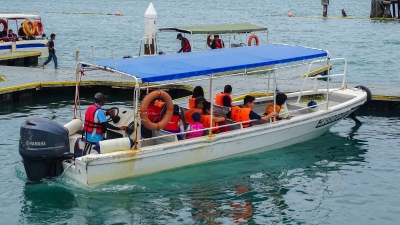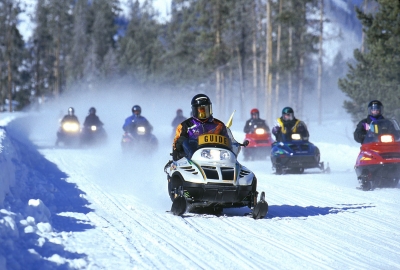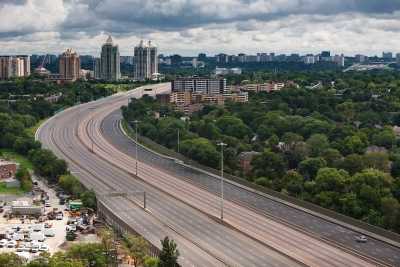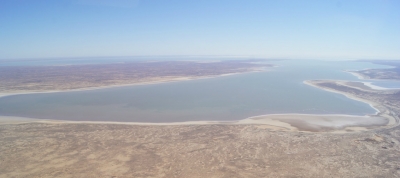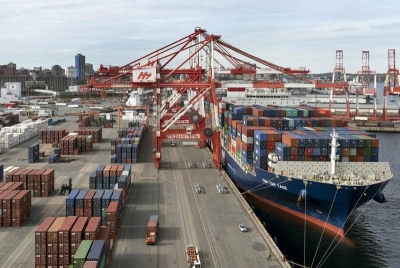
You’re at a place where there are lots of things to see, hear, smell, and taste. You can hear the cawing of hungry sea birds.
You can see boats loading and unloading, tiny tugboats pulling enormous ships, and sailors getting ready for a cruise. Where are you? At a harbour!
Boats and ships begin and end their voyages at a harbour. A harbour is a protected body of water. Some harbours are partly surrounded by land. The land protects them from dangerous ocean waves and strong winds. Other harbours are built near narrow channels of water. On open coasts, huge walls are built to protect a harbour.
At a harbour, you might smell the salt air and motor fuel. At small harbours, people dock and refuel their boats. These harbours may have ramps that people use to unload the boats from car trailers. Other harbours are big enough to hold many large ships and barges.
Clang clang clang. The captains of boats and ships carefully move their vessels around the clanging coloured buoys. The buoys warn them of dangerous places, such as shallow, water and rocks.
If you are lucky, the harbour might even have a snack bar with delicious seafood to taste!
Picture Credit : Google


